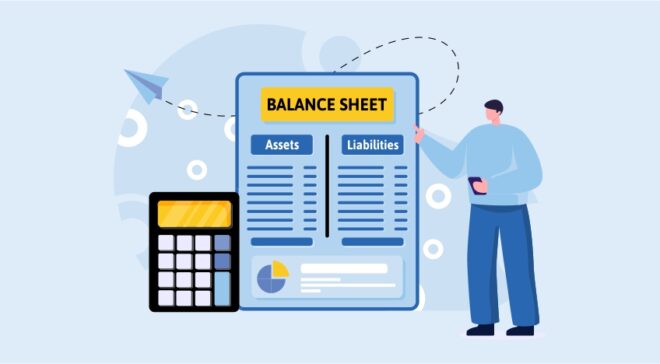![]()
Long-Term Liabilities

Long-term liabilities play a significant role in comprehending the financial position of a contractual service provider. These obligations represent the debts or financial commitments that are expected to be settled over an extended period, typically beyond one year. When assessing the financial health of a contractual service provider, understanding their long-term liabilities provides valuable insights into their ability to meet future obligations and sustain their operations.
Here’s how long-term liabilities contribute to understanding the financial position of such a provider:
1. Debt Management:
Long-term liabilities often consist of loans, bonds, and other forms of borrowed capital. Analyzing the provider’s debt structure, interest rates, and repayment terms helps evaluate their ability to manage debt and meet scheduled payments. Excessive debt burdens can lead to financial instability and impact the provider’s ability to invest in growth initiatives.
2. Liquidity Assessment:
Long-term liabilities contribute to assessing the provider’s liquidity, indicating their ability to cover both short-term and long-term obligations. A provider with manageable It is better positioned to allocate resources for ongoing operations, investments, and sudden economic downturns.
3. Solvent Operations:
The presence of substantial long-term liabilities doesn’t necessarily indicate financial distress, as long as the provider has the capacity to generate sufficient revenue to cover these obligations. By evaluating the provider’s operating cash flows in relation to their long-term liabilitie, stakeholders can determine if the business is solvent and capable of meeting its obligations.
4. Risk Evaluation:
Different types of long-term liabilities come with varying levels of risk. For instance, variable interest rate loans could expose the provider to interest rate fluctuations.
While convertible bonds might introduce equity conversion risk. Analyzing these risks helps stakeholders understand the potential impact on the provider’s financial stability and growth prospects.
5. Investor Confidence:
Investors and stakeholders often scrutinize long-term liabilitie to gauge the provider’s creditworthiness and attractiveness as an investment. A contractual service provider with a well-structured balance between equity and long-term liabilitie is likely to inspire greater investor confidence and interest.
6. Capital Structure Analysis:
Long-term liabilities are a key component of a provider’s capital structure. Balancing long-term liabilitie with equity financing helps maintain an optimal capital structure, minimizing financial risks and enhancing the provider’s ability to obtain favorable financing terms.
7. Future Growth Potential:
The presence of long-term liabilities reflects a provider’s past and ongoing investments in their operations, infrastructure, and expansion.
Evaluating these liabilities in the context of the provider’s growth strategy provides insights into their commitment to future development.
In summary, long-term liabilitie provide a lens through which to assess a contractual service provider’s financial stability, risk exposure, and growth prospects. By examining the composition, management, and impact of these liabilities, stakeholders can make informed decisions about investing in, contracting with, or relying on the services of the provider.
FAQs:

For further details access our website: https://vibrantfinserv.com